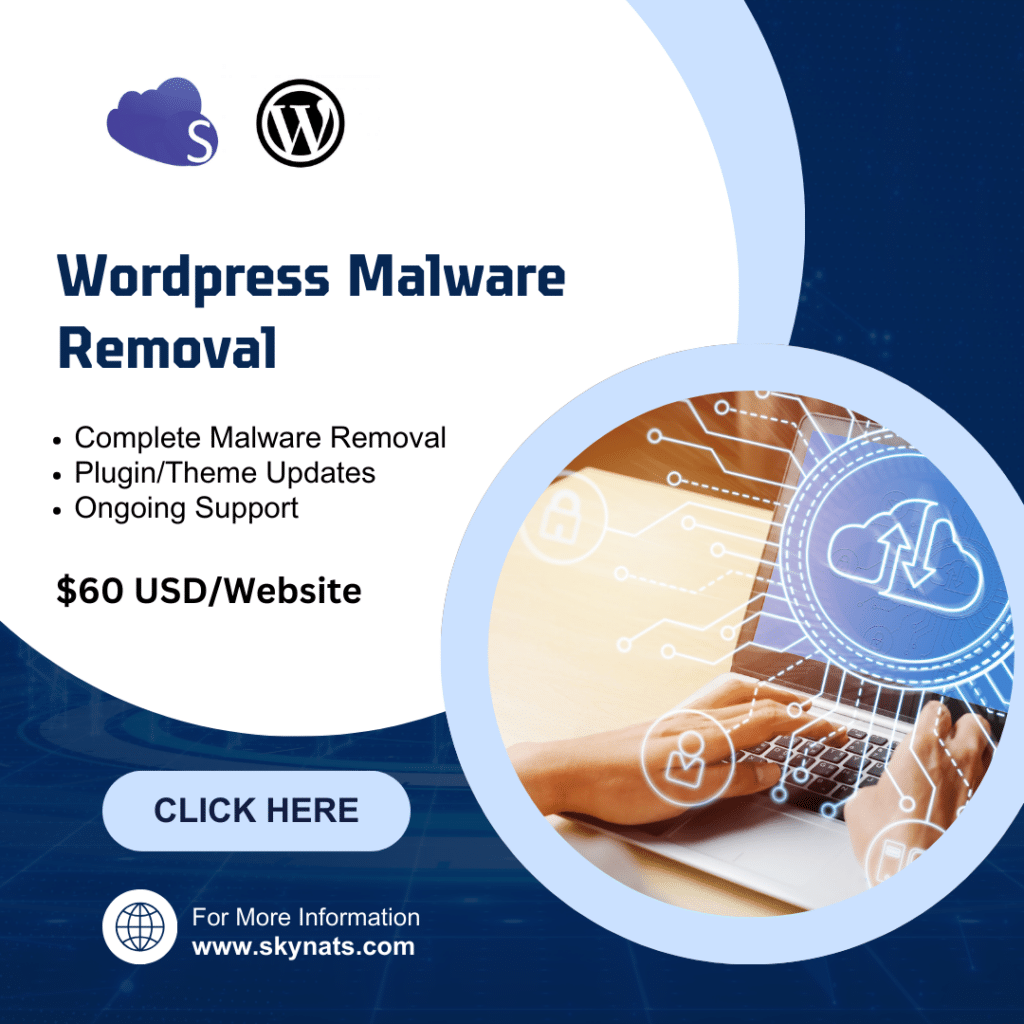Let’s find out more about setting up a MySQL 8 RDS Database in AWS. We will learn more about the setup with the help of Skynats’ server support services.
One of the top cloud computing platforms is Amazon Web Services (AWS), which offers many different services, including Amazon RDS, a fully managed database service that makes it simple to set up, run, and scale relational databases in the cloud. With Amazon RDS, you can quickly set up a MySQL 8 database instance in the AWS cloud. MySQL is one of the widely used open-source relational database management systems. We’ll cover every step in detail in this article’s step-by-step tutorial on how to set up a MySQL 8 RDS database instance in AWS. This tutorial will show you how to build a secure, expandable MySQL database that is suitable for your company’s needs.
The process of setting up a MySQL 8 RDS database in AWS is simple and only requires a few steps.
Step 1: Access the AWS Console
Start by entering your login information into your AWS console. The AWS dashboard will be visible once you have logged in.
Step 2: Go to Amazon RDS
Navigate to the Amazon RDS service from the dashboard. This service is listed in the AWS services menu’s “Databases” section.
Step 3: Launch a New RDS Instance
To start a fresh RDS instance, select “Create database” from the Amazon RDS console. Select “MySQL” from the list of options when asked to select a database engine.
Step 4: Choose the MySQL version
You will be prompted to select the version of MySQL that you want to use after choosing the MySQL engine. Pick version 8.0 of MySQL.
Step 5: Choose the Instance type
Select the type of instance you want to use for your RDS instance next. Your RDS instance’s CPU, memory, and storage requirements are determined by the instance type. The instance type that best suits your needs should be chosen.
Step 6: Specify Settings
You must specify a few fundamental RDS instance settings in this step. This includes the master username, master password, and DB instance identifier. The master username and password will be used to access your MySQL database, and the DB instance identifier is a special name for your RDS instance.
Step 7: Setup Advanced Options
For your RDS instance, you can then configure advanced settings. This includes the security group, availability zone, and VPC network that your RDS instance will be launched in. Additionally, you can define the maintenance window, the backup retention period, and other settings.
Step 8: Examine and Start
Once all of the settings for your RDS instance have been set up, check the specifics to ensure they are accurate. To begin creating your MySQL 8 RDS instance, click “Launch DB instance” when you are finished reviewing the information.
Step 9: Watch for the creation of the RDS Instance
It will take some time for your RDS instance to be created after you launch it. Based on the size of your instance and the region you have chosen, this process could take a few minutes to several hours.
Step 10: Connect to the MySQL Database
Once your RDS instance is ready, you can use a MySQL client like MySQL Workbench or the mysql command-line tool to connect to your MySQL database. Your RDS instance’s endpoint, master username, and master password must all be provided.
Step 11: Move an Existing MySQL Database to the RDS Instance
You can make use of the AWS Database Migration Service (DMS) to transfer an existing MySQL database to an RDS instance. DMS can quickly transition your current database to RDS.
Step 12: Scale Your RDS Instance
You can easily scale your RDS instance by changing the instance settings if you need to handle more traffic or store more data. To offload read traffic from the primary instance, you can scale the size of the instance, increase or decrease storage capacity, or add read replicas.
Step 13: Backup your RDS Instance
Automated backups and snapshots can be set up if you need to back up your RDS instance. Your database’s backups can be created automatically by RDS and stored for a predetermined retention period. Additionally, you can always manually take a snapshot of your database.
Step 14: Monitor your RDS instance in
You can use Amazon CloudWatch to keep an eye on your RDS instance to make sure everything is running smoothly. Your RDS instance receives metrics and alarms from CloudWatch, which you can use to find problems and fix them.
Step 15: Secure Your RDS Instance
In order to safeguard your data from unauthorized access or online attacks, your RDS instance must be secured. Using SSL/TLS encryption for data in transit, enabling multi-factor authentication for database access, and configuring network security groups to limit access to your database are just a few of the security measures you can put in place to protect your RDS instance.
Conclusion
A number of crucial steps must be carefully followed in order to set up a MySQL 8 RDS database in AWS so that the database instance is configured appropriately, securely, and scalable. You can quickly and easily set up a MySQL 8 RDS database instance in AWS by following the instructions provided in this guide. Your RDS instance needs to be regularly monitored and maintained in order to make sure everything is working properly and to address any potential problems. Implementing security measures like SSL/TLS encryption, multi-factor authentication, and network security groups can also help shield your data from hacker attacks and unauthorized access. You can store, manage, and access your data in an adaptable and cost-effective way with a properly configured and secured MySQL 8 RDS database instance in AWS.
We have completed the process with the assistance of Skynats’ server support services.

